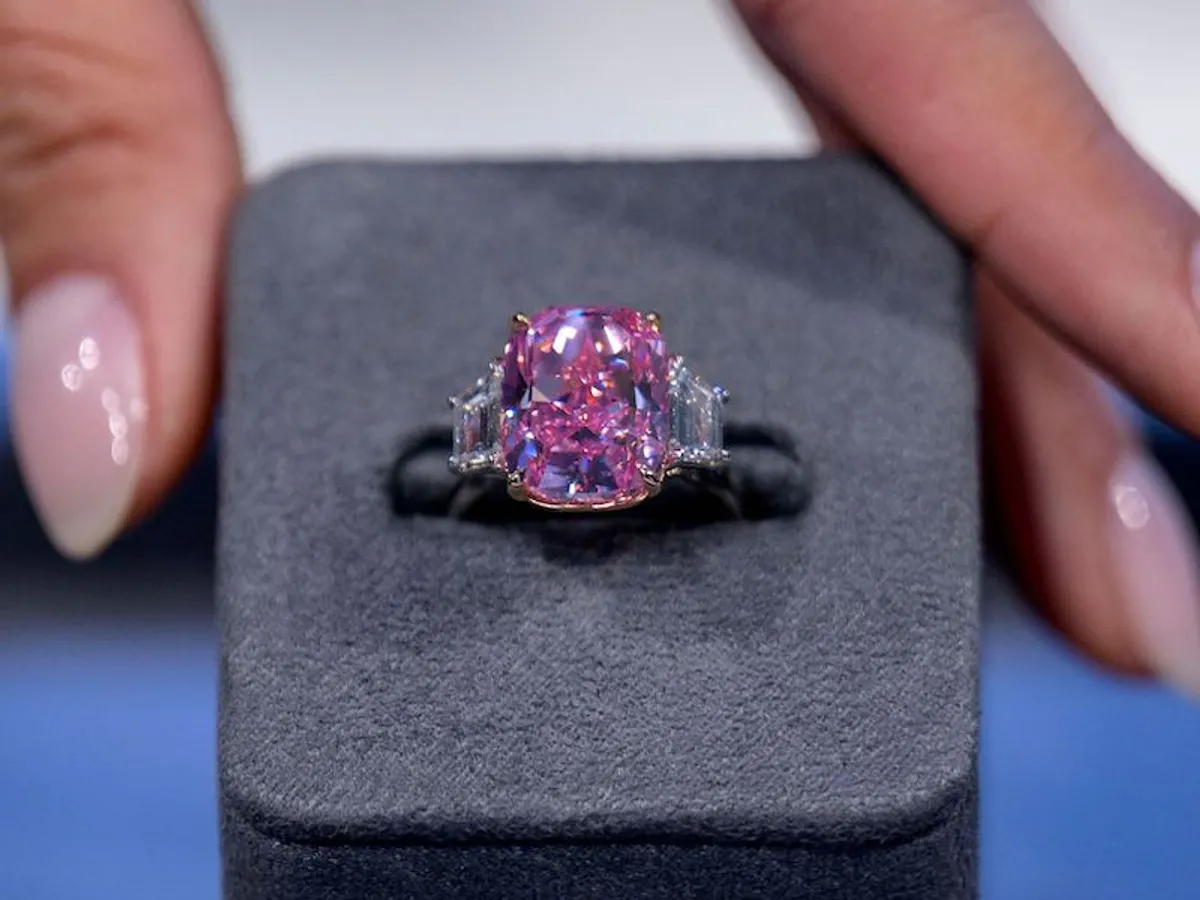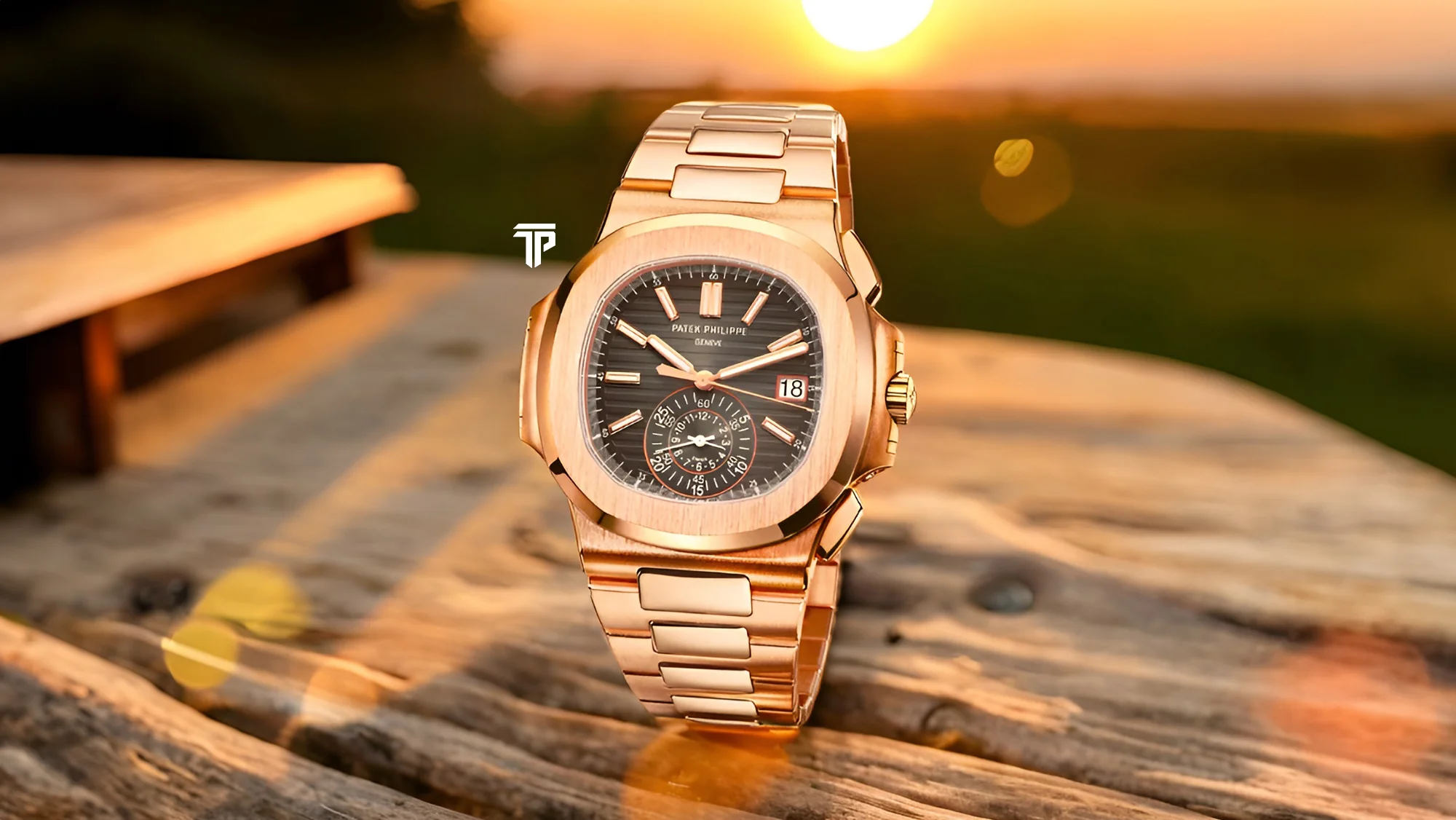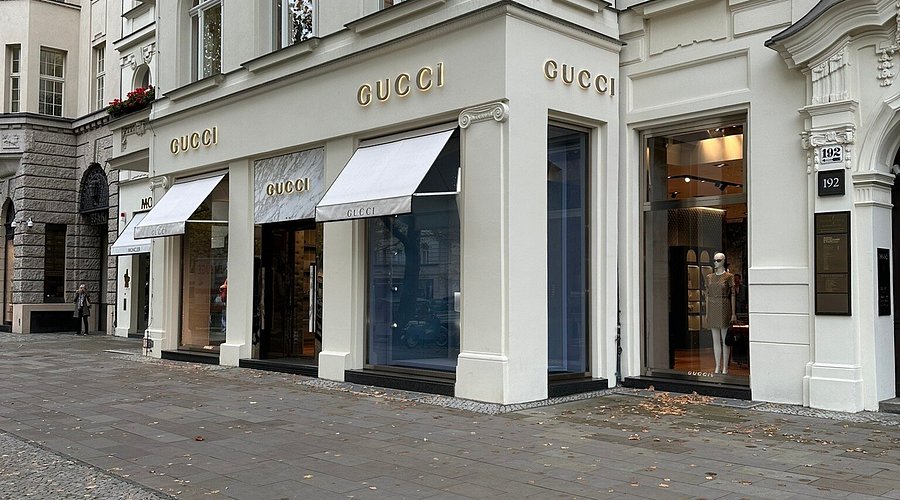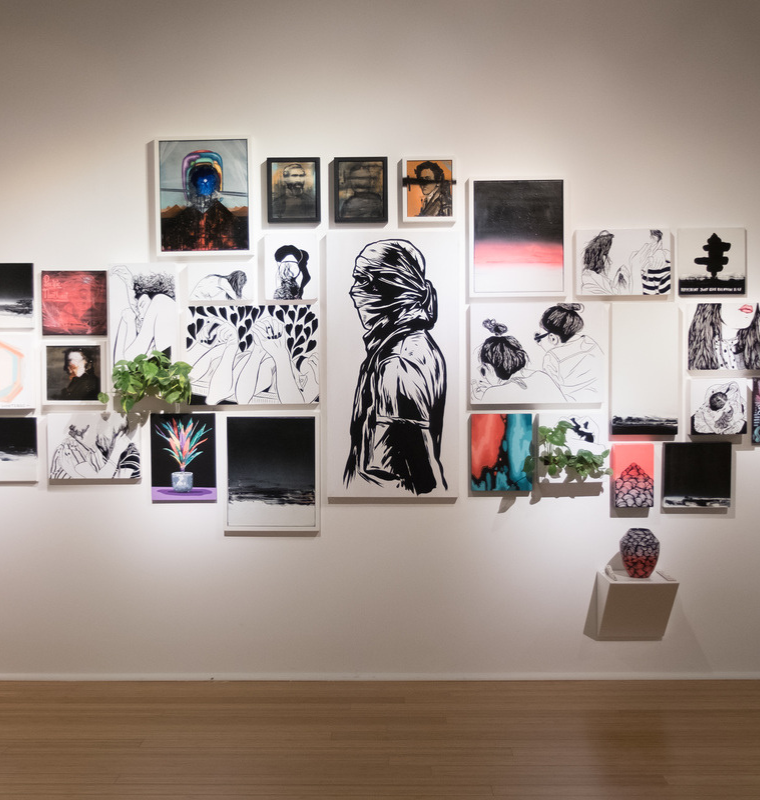Diamonds No Longer Dazzle as the Elite Chase Emotional Rarity
By
John Carter
Last updated:
October 17, 2025
First Published:
October 17, 2025

Photo: Prestige Hong Kong
The Decline of Traditional Luxury
Once upon a time, diamonds and rare stones spoke louder than words. Their shimmer captured the human desire for permanence and prestige. Yet, in the current era of abundance, the ultra-rich are moving away from material glitter toward something harder to quantify—emotional rarity. This shift reveals not only a change in taste but also a deep transformation in how modern elites perceive fulfillment and power.
When Possession Loses Its Thrill
The wealthiest circles have reached a point where possessions no longer offer novelty. The penthouses, yachts, and couture wardrobes once seen as trophies of success now feel repetitive. The new form of wealth lies in experiences that spark emotion rather than objects that symbolize it. A candlelit dinner in the Arctic or a conversation with a world-renowned philosopher is now valued more than another gem set in platinum. Emotional rarity has become the new luxury.
The Fatigue of Excess
At the heart of this evolution lies a quiet fatigue with excess. Many who have reached the financial peak speak of a strange emptiness that lingers after each purchase. They are discovering that the thrill of acquisition fades quickly, leaving behind a craving for meaning. This is why collectors are now investing in personal growth, memory-making, and rare human moments that cannot be replicated or resold. Emotional scarcity, not material rarity, defines true exclusivity.
The Rise of Emotional Intelligence in Luxury
In this new hierarchy of wealth, emotional intelligence replaces opulence. The rich are seeking moments that touch their inner lives—something pure, vulnerable, and human. A billionaire might find more satisfaction in mentoring a young entrepreneur or funding coral restoration than in wearing another diamond bracelet. These acts carry emotional resonance and a sense of personal impact that objects cannot deliver.
Brands Adapting to the Emotional Economy
Luxury brands are quietly adapting to this shift. Instead of simply offering fine goods, they are curating experiences that awaken deeper feelings. From intimate art dinners hosted by artists to private sound healing retreats in the Himalayas, every offering is designed to evoke emotion. The price tag is no longer justified by craftsmanship alone but by the promise of transformation. The buyer wants to feel, not just to own.
The Search for Authentic Wealth
This evolution also reflects a cultural awakening among the elite. The wealth narrative has matured from accumulation to introspection. Many affluent individuals are now drawn to authenticity, even if it means stepping away from the spotlight. They want to reconnect with their humanity in a world where everything is curated. Emotional wealth gives them that chance—it feels real, unfiltered, and rare.
Digital Fatigue and the Value of Privacy
The digital age has also accelerated this change. Constant exposure to social media has diluted the shock value of luxury. When every yacht and diamond can be viewed with a single scroll, exclusivity loses its meaning. Emotional experiences, however, cannot be captured or posted with the same impact. They remain private treasures in a world obsessed with display, offering the one thing money rarely buys—privacy of the soul.
Philanthropy as the New Fulfillment
This emotional pursuit has also influenced philanthropy. The new elite prefer impact-driven giving, where they can witness the results of their generosity. Funding education for underprivileged youth or supporting endangered wildlife feels more rewarding than writing a large cheque for prestige. The emotional feedback from these acts fulfills a deeper human need to connect and to matter.
Beyond Performative Generosity
Critics might call it performative or privileged introspection, but there is undeniable sincerity in this movement. After all, luxury has always evolved with society’s collective mindset. The current generation of wealth holders wants to leave a legacy not of diamonds or estates, but of emotional footprints that inspire and heal. Their pursuit of emotional rarity reflects a profound desire to experience life beyond its price tags.
The New Crown Jewel of Humanity
In a world saturated with excess, the rarest thing is not a flawless gem but a genuine feeling. The elite have begun to understand this truth, and their choices mirror it. The next chapter of wealth will not be about who owns the most, but who feels the most. Emotional rarity is fast becoming the new crown jewel—a treasure that cannot be bought, only lived.
Subscribe to unlock premium content
Sed at tellus, pharetra lacus, aenean risus non nisl ultricies commodo diam aliquet arcu enim eu leo porttitor habitasse adipiscing porttitor varius ultricies facilisis viverra lacus neque.
A comprehensive guide on Agile development

10 Productivity tools that are worth checking out

Top 7 Must have management tools for productivity

A comprehensive guide on Agile development

10 Productivity tools that are worth checking out

A comprehensive guide on Agile development









